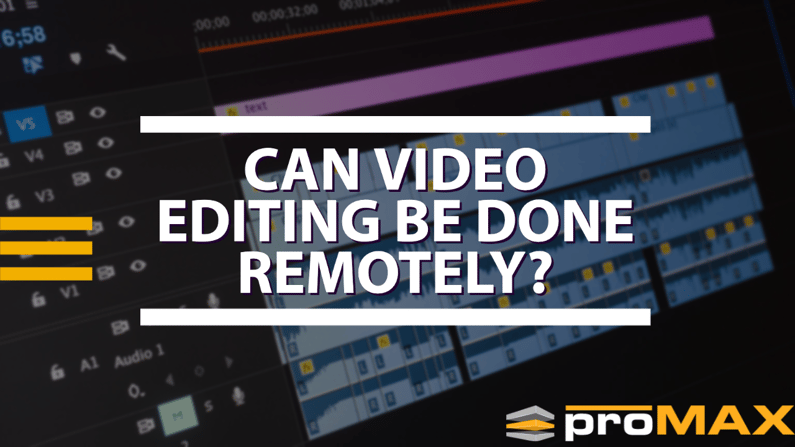Introduction
The advancement of technology has forever changed the landscape of various fields, and the video editing industry is no exception. With the increasing demand for video content, the need for skilled video editors is on the rise. However, with the current global pandemic, it has become challenging for businesses to hire and retain in-house video editors. Thus, the concept of remote video editing has gained significant popularity. But can video editing be done remotely? Let's find out.
1. The Rise of Remote Video Editing
Remote video editing refers to the process of editing videos using cloud-based platforms, collaboration tools, and remote access software. The rise of remote video editing can be attributed to several factors. First, it provides flexibility, particularly useful for freelancers and remote workers. Second, remote video editing reduces costs, as it eliminates the need for physical infrastructure and equipment. Lastly, it enables businesses to hire the best global talent without geographical limitations.
2. The Challenges of Remote Video Editing
While remote video editing may seem like a dream come true, it comes with challenges. One of the biggest hurdles is the lack of adequate hardware and software. As video editing requires high-end equipment and software, remote workers may not have access to the necessary tools. This can affect the efficiency and quality of the editing process. Additionally, the technical complexities involved in remote work can be daunting for those who lack experience with such technology.
3. The Technology Behind Remote Video Editing
The technology behind remote video editing includes cloud-based platforms, remote access tools, and peer-to-peer syncing solutions like the ProMAX MediaHub and ProMAX Sync. Cloud-based platforms provide a secure space for storing, accessing, and sharing video files. Remote access tools enable remote workers to access their client's computers and work on software and hardware they may not have access to. Lastly, peer-to-peer syncing solutions use the internet to replicate files between editors so that everyone is working on the same project files and staying up to date.
4. The Benefits of Remote Video Editing
The benefits of remote video editing are many. First, it enables businesses to access global talent, thus expanding their pool of qualified candidates. Second, it reduces overhead costs such as office space, equipment, and utilities. Additionally, it provides flexibility, allowing workers to balance their personal and professional lives. Remote work also promotes a healthy work-life balance, which can lead to increased productivity and improved work quality.
Conclusion
The future of video editing is remote. With the advancements in technology, remote video editing is here to stay. While it comes with its unique challenges, remote video editing provides businesses with numerous benefits. By enabling businesses to tap into a global market of talent, reduce costs, and increase flexibility, remote video editing is changing the video editing landscape. To sum it up, yes, video editing can be done remotely, and it is the future of the industry.
To learn more about remote video editing, please check out our blog, Remote Video Editing Software for Remote Video Editors.


